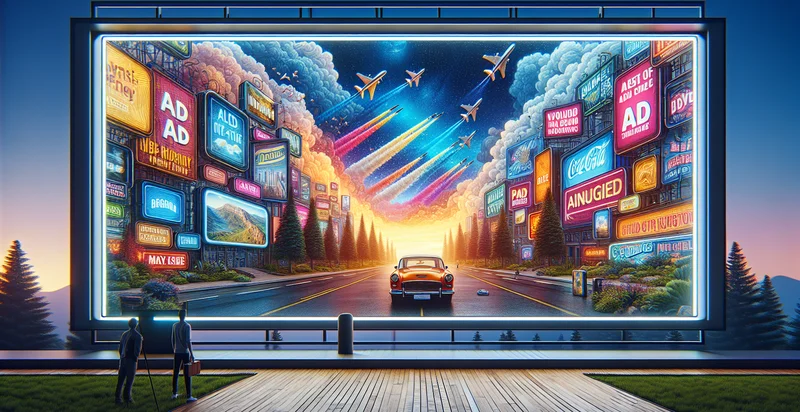Identify diagnostic image quality
using AI
Below is a free classifier to identify diagnostic image quality. Just upload your image, and our AI will predict the quality of diagnostic images in various categories. - in just seconds.

Contact us for API access
Or, use Nyckel to build highly-accurate custom classifiers in just minutes. No PhD required.
Get started
import nyckel
credentials = nyckel.Credentials("YOUR_CLIENT_ID", "YOUR_CLIENT_SECRET")
nyckel.invoke("diagnostic-image-quality", "your_image_url", credentials)
fetch('https://www.nyckel.com/v1/functions/diagnostic-image-quality/invoke', {
method: 'POST',
headers: {
'Authorization': 'Bearer ' + 'YOUR_BEARER_TOKEN',
'Content-Type': 'application/json',
},
body: JSON.stringify(
{"data": "your_image_url"}
)
})
.then(response => response.json())
.then(data => console.log(data));
curl -X POST \
-H "Content-Type: application/json" \
-H "Authorization: Bearer YOUR_BEARER_TOKEN" \
-d '{"data": "your_image_url"}' \
https://www.nyckel.com/v1/functions/diagnostic-image-quality/invoke
How this classifier works
To start, upload your image. Our AI tool will then predict the quality of diagnostic images in various categories..
This pretrained image model uses a Nyckel-created dataset and has 10 labels, including Acceptable, Excellent, Good, High Quality, Low Quality, Medium Quality, Poor, Suboptimal, Unreadable and Very Poor.
We'll also show a confidence score (the higher the number, the more confident the AI model is around the quality of diagnostic images in various categories.).
Whether you're just curious or building diagnostic image quality detection into your application, we hope our classifier proves helpful.
Related Classifiers
Need to identify diagnostic image quality at scale?
Get API or Zapier access to this classifier for free. It's perfect for:
- Quality Assurance in Radiology: This use case involves implementing the diagnostic image quality identifier in radiology departments to ensure that all images submitted for interpretation meet the established quality standards. By automatically flagging images with insufficient quality, radiologists can improve diagnostic accuracy and reduce the likelihood of misdiagnoses due to poor image quality.
- Streamlined Workflow in Imaging Centers: Imaging centers can utilize this identifier to streamline their workflow by automating the screening process of diagnostic images. Flagged low-quality images can be quickly re-processed or marked for re-examination, allowing technicians and radiologists to focus on high-quality images and improving overall efficiency.
- Training and Compliance Monitoring: Healthcare organizations can use the diagnostic image quality identifier to monitor training programs for imaging technicians. By analyzing flagged images, organizations can provide targeted training and feedback, ensuring compliance with quality standards and enhancing the skillset of their personnel.
- Patient Safety and Risk Management: Implementing this function helps in enhancing patient safety by reducing the chance of misdiagnosis stemming from poor-quality images. By ensuring that only high-quality images are used for diagnosis, healthcare providers can mitigate risks and uphold patient safety standards.
- Research and Clinical Trials: In clinical trials, maintaining the integrity of diagnostic images is critical for obtaining reliable results. This identifier can be used to evaluate the quality of images collected during trials, ensuring that only images meeting predefined quality criteria are included in research datasets, thereby enhancing the credibility of trial outcomes.
- Development of Quality Improvement Programs: Healthcare institutions can leverage insights from the diagnostic image quality identifier to develop quality improvement programs. By analyzing trends in image quality, institutions can identify common issues and implement targeted strategies to enhance the imaging process across departments.
- Insurance Claims Validation: Insurance companies can incorporate the diagnostic image quality identifier to assess the quality of images submitted for claims. By ensuring that only high-quality, clinically useful images are used, insurers can manage fraud risk and make more informed reimbursement decisions, ultimately improving overall claims processing efficiency.


